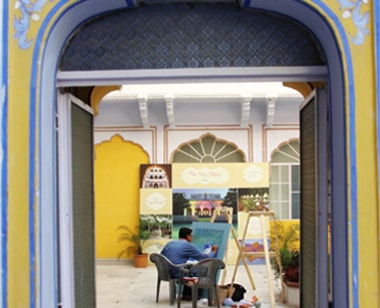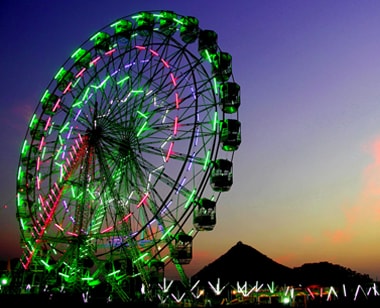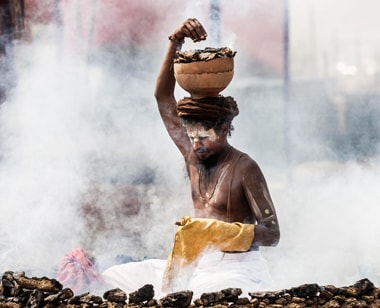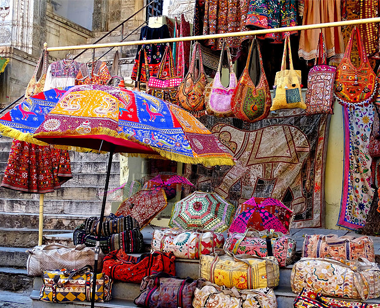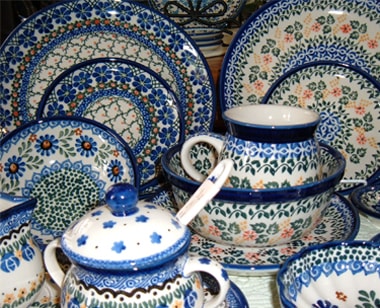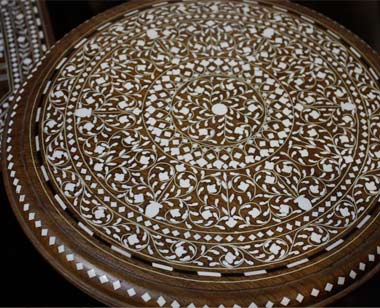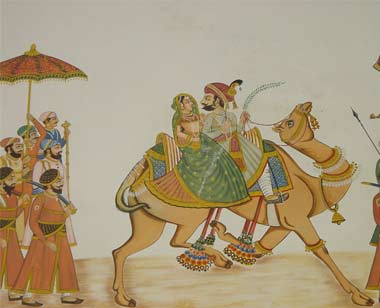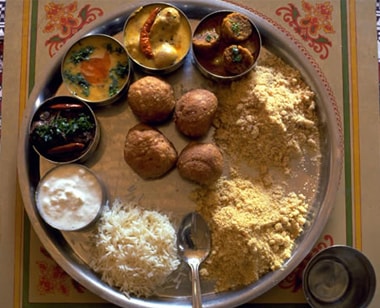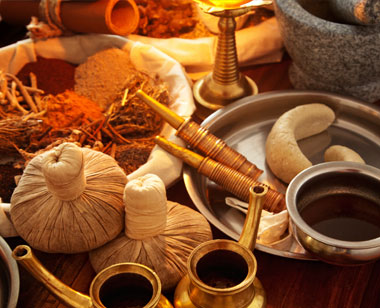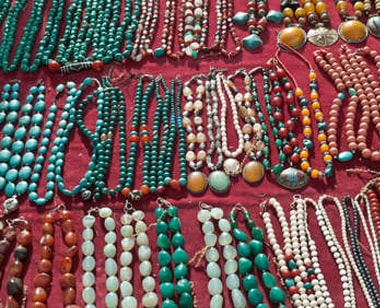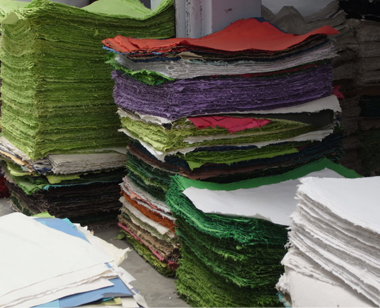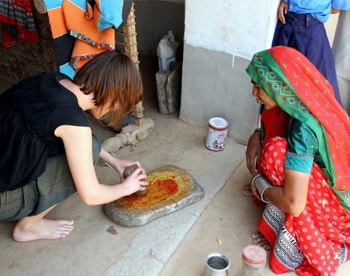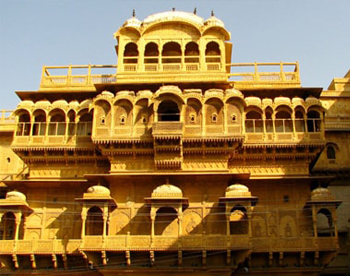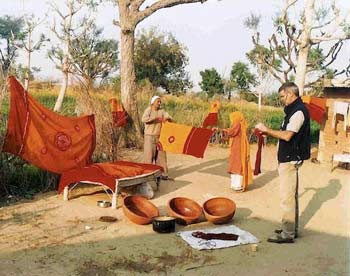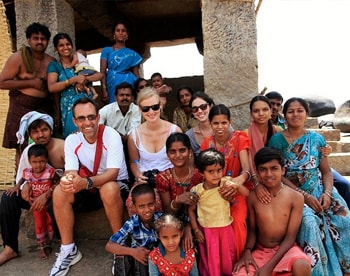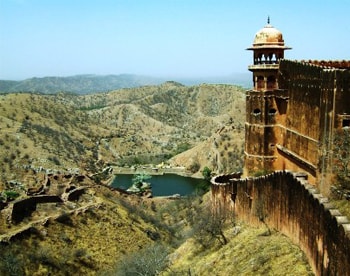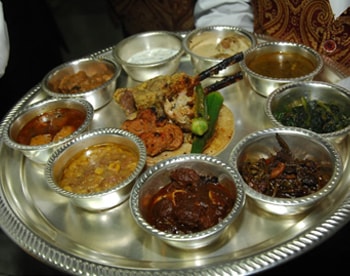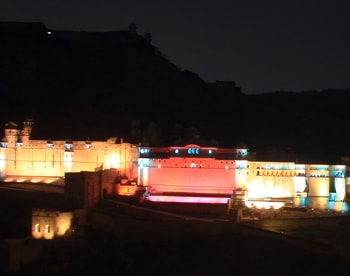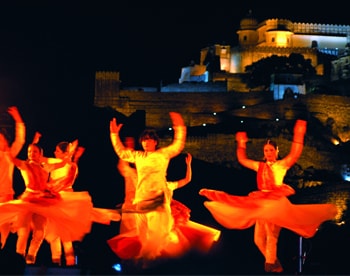Jalore Fort is the main attraction of Jalore, a town in the Indian state of Rajasthan, one of the nine castles of the Maru’, under the Paramaras in the 10th century. It is one of the most famous and impressive forts in the state and has been known through history as the Sonagir or the ‘golden mount’.Jalore Fort is regarded as one of the most impregnable forts of the country. There is a saying: Let the sky be torn, the earth turned upside down, let the iron armor be cut to pieces, body fighting alone, but Jalore would not surrender.
It was a flourishing town in the 8th century. Jalore was ruled by the Paramaras in the 10th century. Kirtipala, the youngest son of Alhana, ruler of Nadol, was the founder of the Jalore line of Chauhans. He captured it from the Parmars in 1181 and took the clan name Songara, after the place. His son Samarsimha succeeded him in 1182. Udayasimha was the next ruler under whom Jalore had a golden period. He was a powerful and able ruler ruling over a large area. He recaptured Nadol & Mandor from the Muslims. In 1228, Iltutmish circled Jalore but Udayasimha offered stiff resistance. He was succeeded by Chachigadeva & Samantasimha. Samantasimha was succeeded by his son Kanhadadeva.
During the reign of Kanhad Dev Songara, Jalor was attacked and destroyed in 1311 by Ala ud din Khilji, Sultan of Delhi. Kanhad Dev Songara and his son Viramdeo Songira died defending Jalore. The Muslim rulers of Palanpur in Gujarat briefly ruled Jalor in the 16th century and it became part of the Mughal Empire. It was restored to Marwar in 1704, and remained part of the kingdom until shortly after Indian Independence in 1947.
 +919828167660, +919414075013
+919828167660, +919414075013

